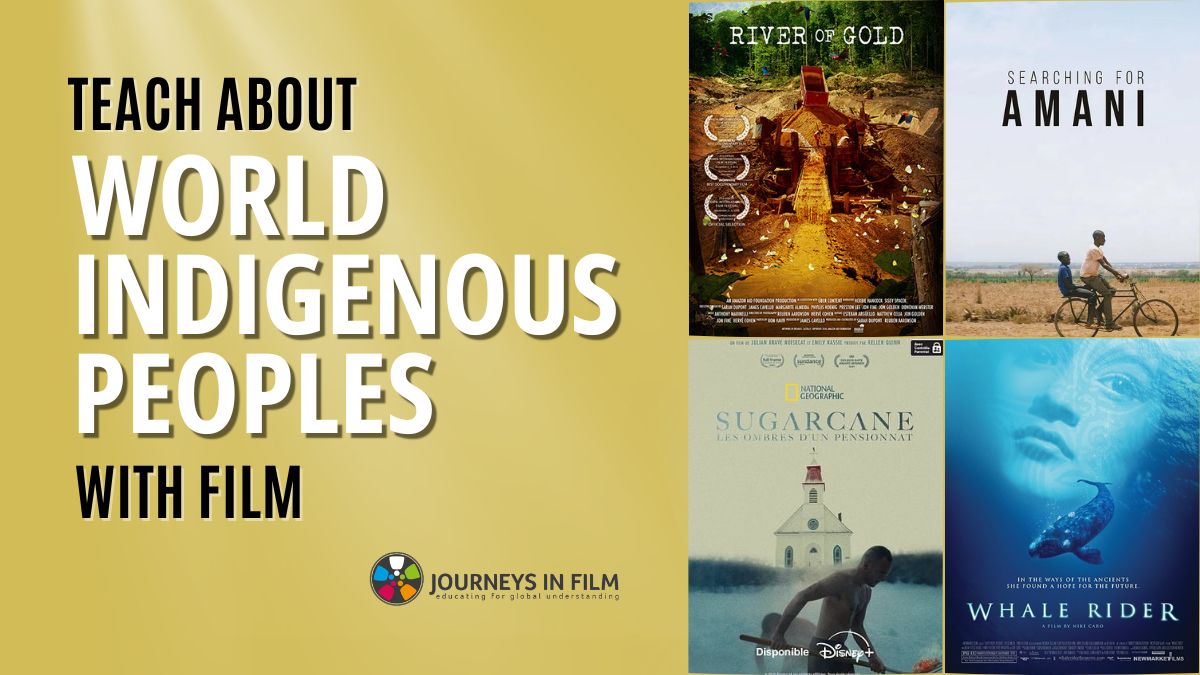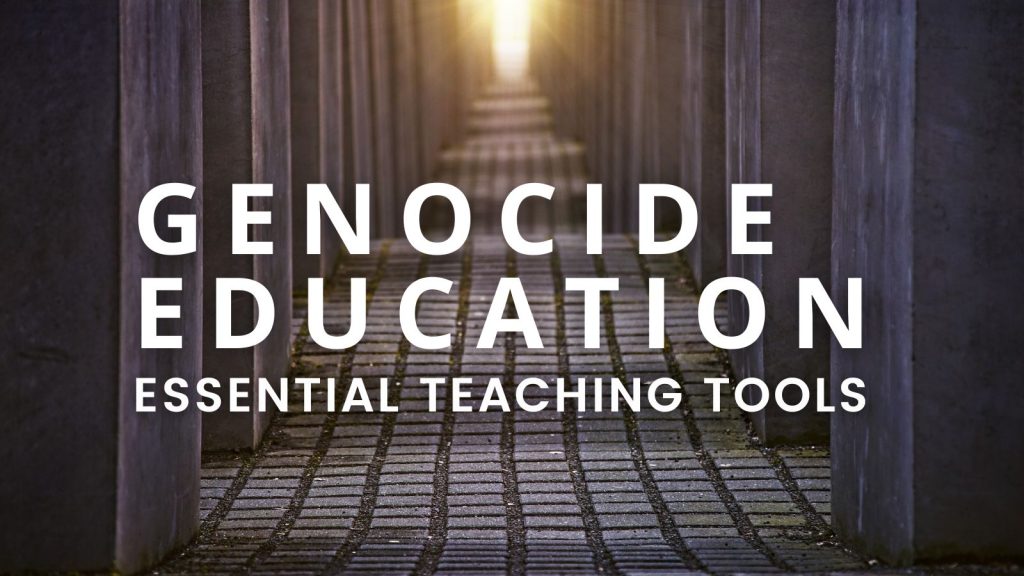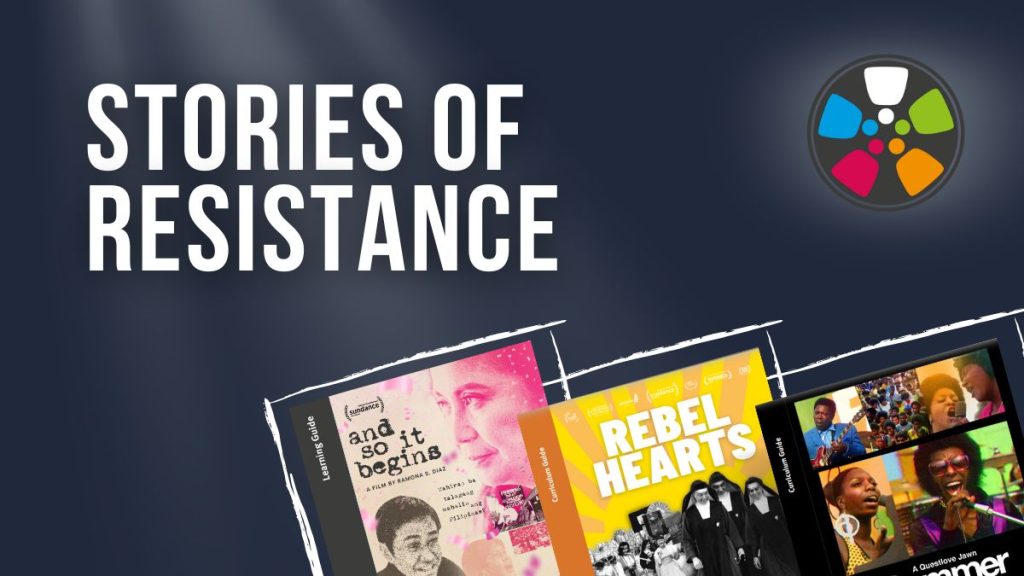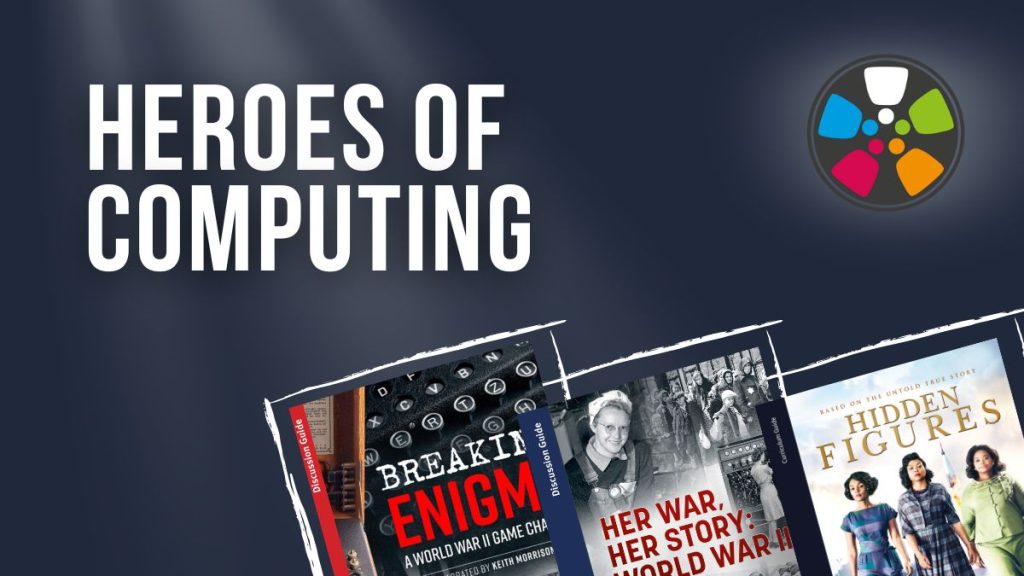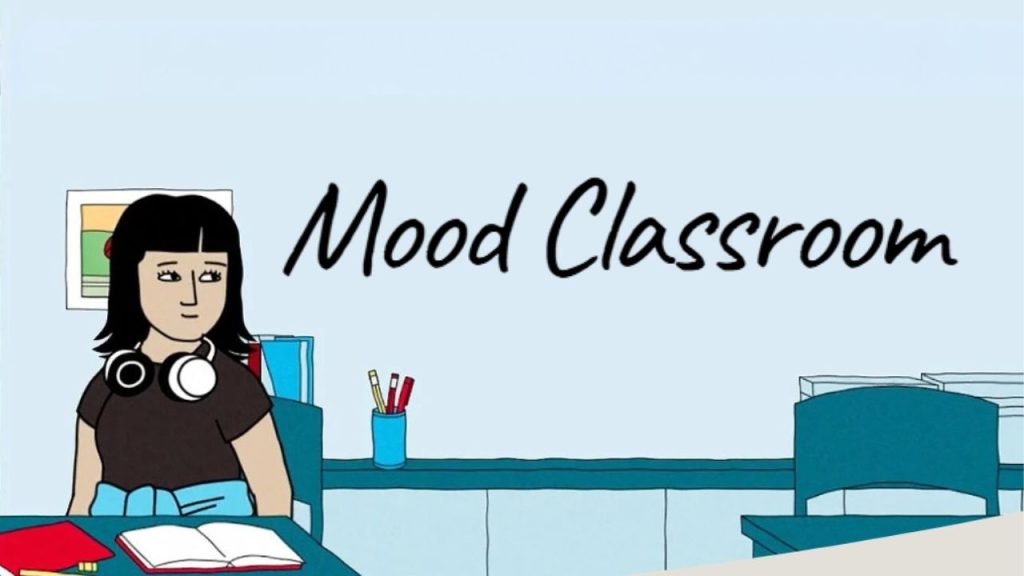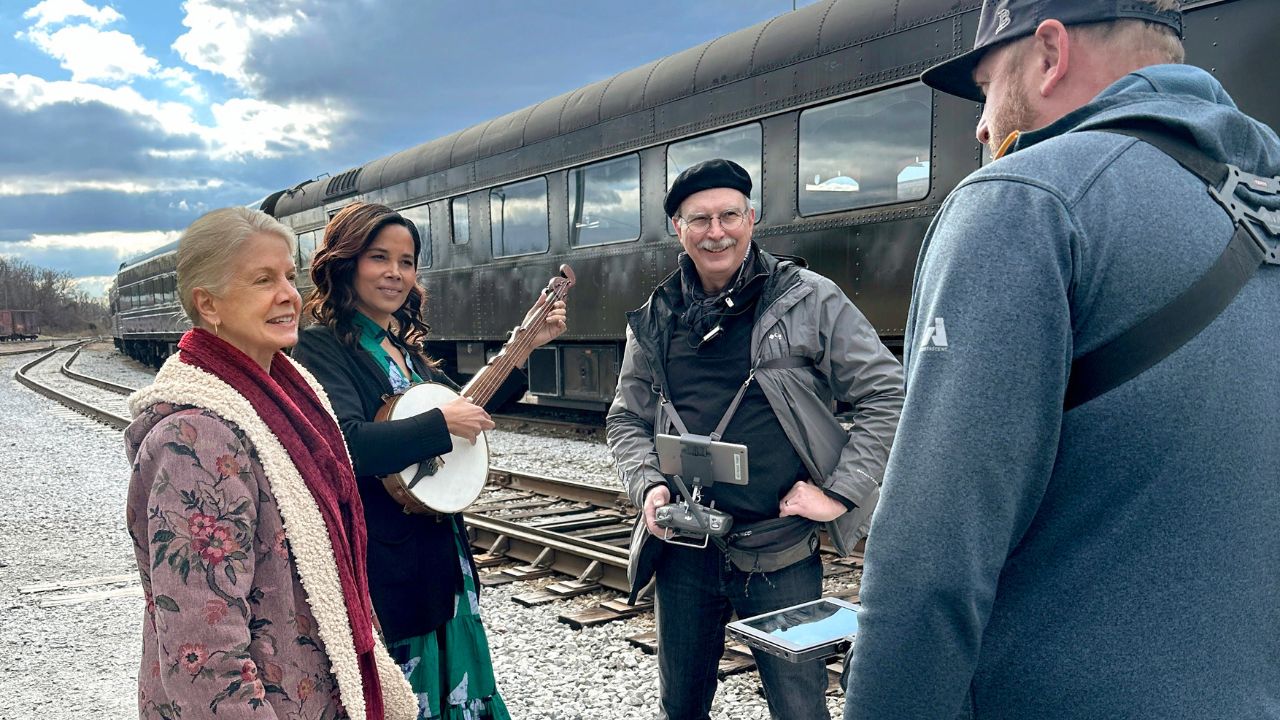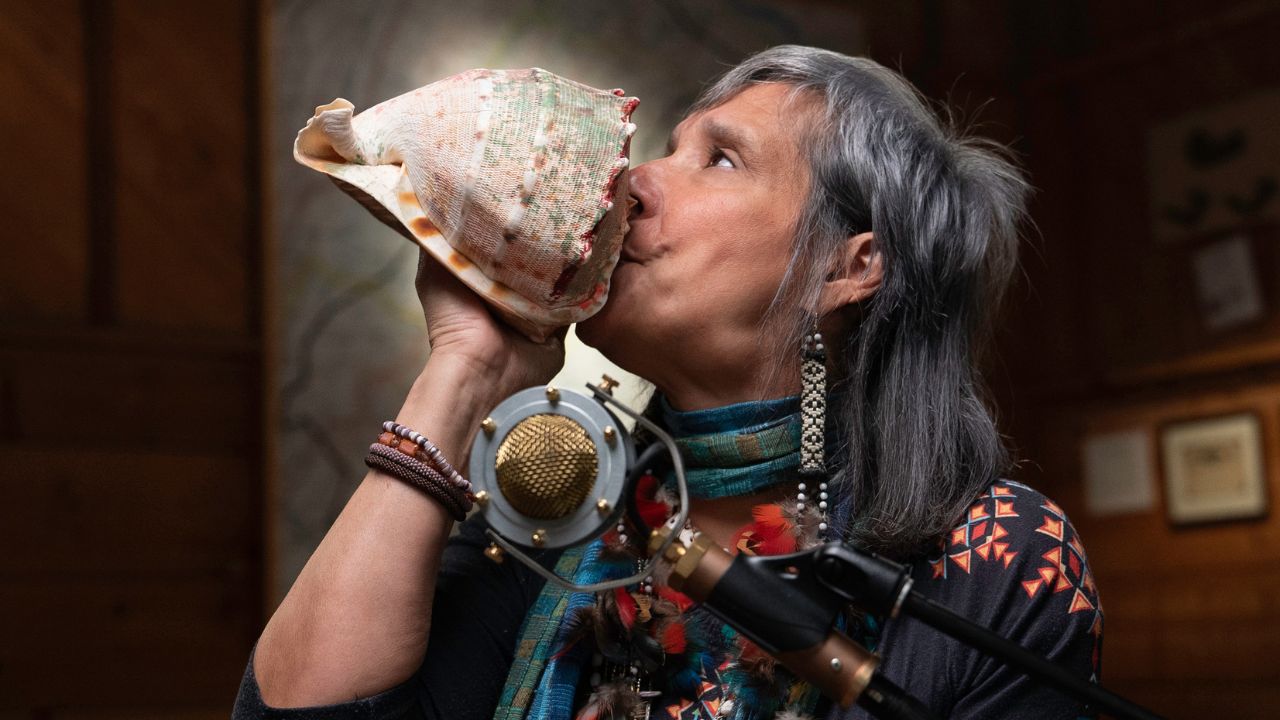Teach about World Indigenous Peoples with film plus our free educational resources! Combine classroom-ready lesson plans and discussion guides to make learning about world Indigenous Peoples part of your curriculum on special dates like Indigenous People’s Day (October 10) and all year round.
We are pleased to offer free teaching resources for these critically-acclaimed films.
Films to Teach about World Indigenous Peoples
Teach about World Indigenous Peoples with Film: My Music with Rhiannon Giddens / Teaching the American Railroad
My Music with Rhiannon Giddens Season 2 features Pulitzer Prize and Grammy winner Rhiannon Giddens hosting a series of musical performance and conversation with multicultural musicians in the Silkroad Ensemble’s American Railroad project. The project presents a musical exploration of the cultures that were first connected by the building of America’s Transcontinental Railroad.
American Railroad Instructional Guide
The American Railroad Instructional Guide brings accurate historical information regarding the development of the Transcontinental Railroad. The guide address the impact of the railroad’s progress on individuals and groups vital to the success of this national endeavor. Lesson 5: Native Americans, the Buffalo, and the Transcontinental Railroad explores the impact the railroad had on the Great Plain Tribes.
This lesson works well for classes in Geography, History, Indigenous History, Social Studies, and U.S. History.
For grades 6, 7, 8
Learn more about using these resources to Teach American Transcontinental Railroad History.
Get the American Railroad Instructional Guide to teach about World Indigenous Peoples from the My Music with Rhiannon Giddens / Teaching the American Railroad and get this lesson plan.
Teach with My Music with Rhiannon Giddens and Pura Fé
My Music with Rhiannon Giddens Season Two Episode Six features Native American vocalist and lap steel guitarist Pura Fé, who has both Tuscarora and Taino blood in her veins and generations of ancestors in her voice. She shares her personal background and musical journey in an episode that culminates in a Silk Road Ensemble performance of her song “Mahk Jchi”.
The Episode Six Learning Guide for My Music with Rhiannon Giddens Season Two Episode Six with Pura Fé can help you teach about about:
- Creativity and Curiosity
- Community and Creative Support
- Cultural Preservation and Reclamation
- Social and Scientific Constructions of Memory
- Language, Art, and Accessibility
- History of the American Transcontinental Railroad and Native Americans
- History through Music
- Music Lessons
This lesson works well for classes in Geography, History, Music, Social Studies, and U.S. History.
For grades 6, 7, 8
Learn more about using these resources to Teach with My Music with Rhiannon Giddens and Pura Fé.
Get the Episode Six Learning Guide to teach about World Indigenous Peoples from the My Music with Rhiannon Giddens / Teaching the American Railroad and get this lesson plan.
Teach about World Indigenous Peoples with Film: River of Gold
This documentary film chronicles the clandestine journey of two war journalists and their guide into Peru’s Amazon rainforest to uncover the savage destruction of pristine jungle in pursuit of illegally mined gold. The world’s largest and most diverse uncontacted or isolated cultures are centered in the Amazon. Lesson 5: Indigenous Amazonia of the River of Gold Curriculum Guide introduces students to the Indigenous Peoples of of Peru, Colombia, and Brazil.
In this lesson, students explore the complex relationship between indigenous Amazonia and modern South America. They will begin by learning more about the uncontacted tribes of Peru, Colombia, and Brazil such as the Mashco Piro, the Ticuna, and the Tupi peoples. The lesson includes a hands-on visual arts activity and a report project where students exercise their research skills and write a report that outlines the emerging threats to uncontacted peoples and offer policy suggestions to move toward solutions that amplify voices and validate all people and experiences. The lesson also includes two printable worksheets and an answer key for teachers.
This lesson works well for classes in Anthropology, Biology, Environmental Science, Environmental Studies, Geography, World History.
Lessons for teaching with River of Gold are available in English, Portuguese and Spanish.
For grades 9, 10, 11, 12, College, Adult Learning
Learn more about teaching about World Indigenous Peoples with River of Gold and get this lesson plan.
Teach about World Indigenous Peoples with Film: Searching for Amani
Set in a Kenyan conservancy facing extreme drought, documentary film Searching for Amani follows a 13-year-old’s pursuit of truth as he uncovers the invisible forces of climate change threatening his home and future. Climate change affects Indigenous communities, impacting practices, identities, and ways of life. The conflict between environmentalists and Indigenous people, in this case Kenyan pastoralists, lies at the heart of the film’s story. The Searching for Amani Climate/Environment Lesson explores issues raised by the film around Biodiversity, Climate, Colonialism, Economic Justice. Indigenous Peoples, and Human Rights.
In Part 1 of this lesson, students explore the complexity of the conflict through the eyes of the film’s main character Simon, whose efforts to investigate his father’s death lead to frustration but also to a new understanding of the difficulties of pastoralists. Part 2 of this lesson helps students place current realities within the context of the colonial past. Part 3 of this lesson sheds further light on the challenges faced by Indigenous communities striving to maintain their traditional ways of life in the face of environmental crises driven by a shifting climate. Students navigate the complexities of these conflicts using a case study model.
This lesson features extension activities and five printable handouts, including a Settler Colonialism and Indigenous Peoples Worksheet and Teacher Answer Key, and an Indigenous Peoples and Climate Justice Worksheet.
This lesson works well for classes in Community Service Learning, Environmental Science, Social Studies, and World History.
For grades 7, 8, 9, 10, 11, 12. Note: This lesson was created with International Baccalaureate (IB) students in mind.
Learn more about teaching about World Indigenous Peoples with Searching for Amani and get this lesson plan.
Teach about World Indigenous Peoples with Film: The Wild
The Wild tells the story of a race against time to save wild salmon. Fisherman/filmmaker Mark Titus returns to the wilds of Alaska where the people of Bristol Bay and its storied wild salmon runs face devastation if a massive copper mine is constructed. Bristol Bay, Alaska is the last fully-intact wild salmon system left on Earth. It is also home to the worlds’ last functioning salmon culture. The Yupik, Dena’ina, and Alutiiq Peoples have thrived here since time immemorial because of Bristol Bay’s abundance of wild salmon.
Lesson 2: Saving Bristol Bay – Understanding Different Perspectives in The Wild Curriculum Guide invites students to develop a deeper understanding of the issues faced by the Indigenous Peoples of Bristol Bay and along with other stakeholders presented in the film.
This lesson works well for classes in Civics, Current Events, Environmental Science, Environmental Studies, Geography, Human Development, Political Science, Science, and Service Learning.
For grades 6, 7, 8, 9, 10, 11, 12.
Learn more about teaching about World Indigenous Peoples with The Wild and get this lesson plan.
Teach about World Indigenous Peoples with Film: Whale Rider
Whale Rider is a narrative feature film that tells the story of a Māori girl who challenges generations of cultural tradition and assumptions about gender. Introduce students to the Māori Indigenous People of Aotearoa / New Zealand with lessons and class activities across the curriculum.
The Whale Rider Curriculum Guide features multiple lessons exploring Māori traditions and culture:
- Who Are the Māori (Geography, Human Geography, Social Studies, World History)
- Traditional Māori Beliefs (English Language Arts, Religious Literacy, Religious Studies, Social Studies, World History, World Religions)
- Māori Roles and Relationships (English Language Arts, Visual Literacy)
- Insights into Māori Culture (Film-Specific Cross-Cultural Understanding)
- Markings of the Māori: Ta Moko (Art, Studio Arts, Visual Arts)
Bonus: For a film-book pairing, teach the Whale Rider movie with the book it was based on, The Whale Rider by Māori writer Witi Ihimaera.
For grades 5, 6, 7, 8, 9.
Learn more about teaching about World Indigenous Peoples with Whale Rider and get these lesson plans.
Teach about World Indigenous Peoples with Film: Sugarcane — Coming Soon to Journeys in Film
Award-winning documentary Sugarcane follows a ground-breaking investigation into abuse and death at an Indian residential school.
Learn more about teaching about World Indigenous Peoples with Sugarcane.
Teaching resources for this powerful film are coming soon to Journeys in Film! To be the first to hear when we launch new educational resources for Sugarcane and other films, sign up for our newsletter.
Teach about World Indigenous Peoples with Film: Important Dates
These educational resources are designed to help you teach about World Indigenous Peoples all year round. Educators may find these materials are particularly useful on the following important dates:
- 2022–2032 International Decade of Indigenous Languages
- March 24 International Day for the Right to the Truth concerning Gross Human Rights Violations and for the Dignity of Victims
- June National Indigenous History Month (Canada)
- June 21 National Indigenous Peoples Day (Canada)
- July Black, Indigenous, and People of Color Mental Health Awareness Month
- August 9 International Day of the World’s Indigenous Peoples
- September 22-26 Truth and Reconciliation Week (Canada)
- October Native American Heritage Month
- October 10 Indigenous People’s Day
- November Native American/Alaska Native Heritage Month
- November (day after Thanksgiving) Native American Heritage Day
Related Reading
Learn how Indigenous storytelling is essential to counter erasure and reclaim history in Sugarcane co-director Julian Brave NoiseCat’s article for The Walrus: How Media Can Help Bring Indigenous Traditions Back to Life.
Get Updates
Don’t miss out! Get notifications about launches of new additions to this resource collection and other new materials. Sign up for our newsletter.
This article was updated November 2025.

